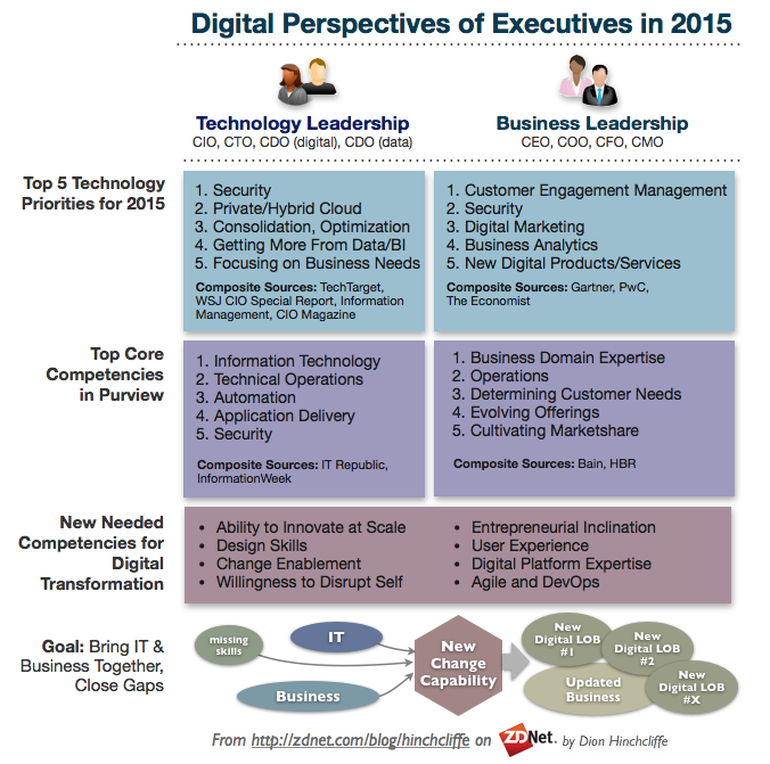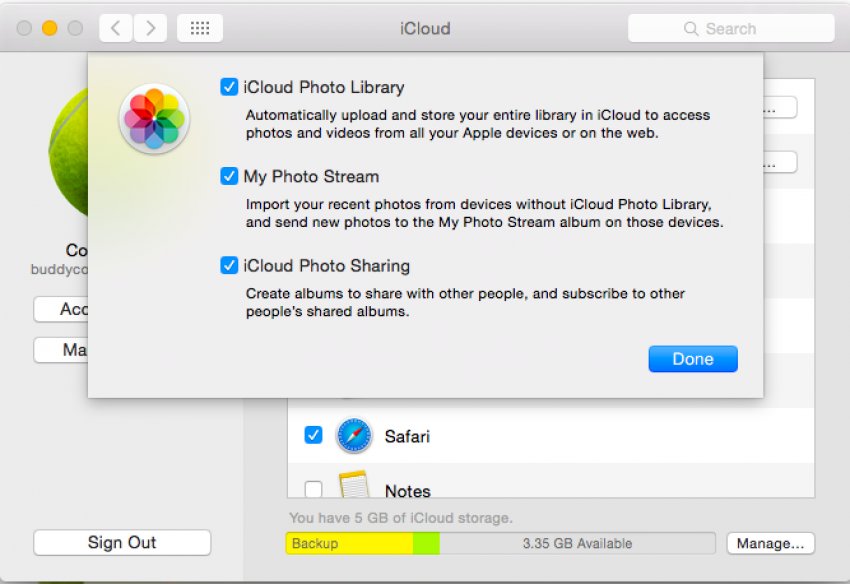 Assessing current security measures is a crucial step in protecting your business from potential threats and vulnerabilities. By carefully evaluating the existing security systems and protocols, both physical and digital, you can identify any potential weaknesses or gaps that could be exploited by malicious actors. This assessment involves a comprehensive review of the physical security measures, such as locks and surveillance cameras, as well as the digital security infrastructure, including firewalls and antivirus software.
Assessing current security measures is a crucial step in protecting your business from potential threats and vulnerabilities. By carefully evaluating the existing security systems and protocols, both physical and digital, you can identify any potential weaknesses or gaps that could be exploited by malicious actors. This assessment involves a comprehensive review of the physical security measures, such as locks and surveillance cameras, as well as the digital security infrastructure, including firewalls and antivirus software.
Starting with physical security measures, it is essential to examine the effectiveness of locks and access control systems. Are they sturdy and resistant to tampering? Do they provide adequate protection against unauthorized access? Additionally, evaluating surveillance cameras is crucial to ensure they are strategically placed, working properly, and covering all essential areas. Any blind spots or malfunctioning cameras should be addressed promptly.
In the digital realm, firewalls play a vital role in preventing unauthorized access to your network. Assess their configuration and ensure they are up to date with the latest security patches. Additionally, evaluate the effectiveness of antivirus and anti-malware software. Are they regularly updated? Do they provide sufficient protection against emerging threats? It is crucial to ensure that all devices within your network are equipped with robust security software.
During the assessment, it is also important to consider potential vulnerabilities arising from outdated or unsupported software. Outdated software often lacks security patches, making it an easy target for cybercriminals. Evaluate your business’s software applications and operating systems to identify any outdated versions that need immediate attention. Regular updates and patches should be implemented to mitigate any potential vulnerabilities.
Furthermore, reviewing access control protocols is essential to safeguard sensitive information. Ensure that access rights are granted on a need-to-know basis, preventing unauthorized individuals from obtaining sensitive data. Implementing multi-factor authentication (MFA) for critical systems adds an extra layer of security, making it harder for attackers to compromise accounts.
Lastly, an assessment should also include an evaluation of employee security awareness and training programs. Educating employees about potential security risks, phishing attempts, and best practices for password management can significantly reduce the chances of successful cyber attacks. Regular training sessions and simulated phishing exercises can enhance employees’ ability to detect and respond appropriately to security threats.
By thoroughly assessing your business’s current security measures, you can identify potential vulnerabilities and address them proactively. Regular evaluations and updates to security systems and protocols are essential in the ever-evolving landscape of cybersecurity. Protecting your business from threats requires continuous efforts to stay one step ahead of potential attackers. Remember, a comprehensive security strategy is the foundation for a resilient and secure business environment.
Conduct a risk assessment to protect your business and ensure its smooth operation. Identifying potential threats and risks specific to your industry is essential in today’s ever-evolving business landscape. With the rise of cyber threats, theft, data breaches, employee misconduct, and physical security breaches, it is crucial to prioritize areas that require immediate attention. By conducting a thorough risk assessment, you can effectively mitigate these risks and safeguard your business’s valuable assets.
Start by evaluating the potential threats that your business may face. Consider both internal and external factors that could impact your operations. Internal risks may include employee theft or misconduct, while external risks could be cyber attacks or physical security breaches. Understanding these risks will allow you to develop appropriate strategies to address them.
Conducting a risk assessment involves reviewing your current security measures and identifying any vulnerabilities. Examine your existing policies, procedures, and technologies to determine if they are robust enough to withstand potential threats. Engage your employees in this process as they can provide valuable insights into areas that may need improvement.
Once you have identified the potential risks, it is important to prioritize them based on their potential impact and likelihood of occurrence. This will help you allocate your resources and focus on the most critical areas. For example, if your business relies heavily on digital platforms, cyber threats may pose a significant risk, warranting immediate attention.
Implementing a risk management plan is crucial to address the identified risks effectively. This plan should outline the steps you will take to mitigate each risk, the resources required, and the timelines for implementation. Ensure that your risk management plan aligns with your business goals and objectives, as well as any legal or regulatory requirements specific to your industry.
Regularly review and update your risk assessment to stay ahead of emerging threats. The business landscape is constantly evolving, and new risks may arise. By conducting periodic assessments, you can identify any changes in the threat landscape and adjust your risk management strategies accordingly.
In conclusion, conducting a risk assessment is vital for protecting your business from potential threats and risks. By identifying and prioritizing these risks, you can develop effective strategies to mitigate them. Regularly reviewing and updating your risk assessment will ensure that your business remains resilient in the face of ever-changing threats. Safeguarding your business’s valuable assets should be a top priority, and a thorough risk assessment is the first step towards achieving this goal.
Implement access controls to limit unauthorized entry or access to sensitive areas and information. In today’s digital age, where data breaches and cyber-attacks have become all too common, it is crucial for organizations to prioritize the security of their systems and data. One effective measure to achieve this is by implementing access controls.
Access controls refer to the mechanisms put in place to ensure that only authorized individuals have the appropriate level of access to systems, data, and physical locations. By establishing strict access controls, organizations can minimize the risk of unauthorized breaches and protect their valuable assets.
One way to implement access controls is through biometric authentication. This advanced technology uses unique physical or behavioral characteristics, such as fingerprints or facial recognition, to verify a person’s identity. Biometrics offer a high level of security, as they are difficult to replicate or forge. By implementing biometric authentication, organizations can ensure that only authorized personnel can access sensitive areas or information.
Additionally, strong password policies are essential for effective access controls. Passwords should be complex, unique, and regularly updated. Implementing password requirements, such as a minimum length, the inclusion of special characters, and a combination of uppercase and lowercase letters, can significantly enhance security. Regularly reminding employees to change their passwords and prohibiting the use of common passwords can further strengthen access controls.
Two-factor authentication (2FA) is another important measure to consider. With 2FA, users are required to provide two pieces of evidence to verify their identity, typically a password and a unique code sent to a registered device. This additional layer of security makes it significantly more challenging for unauthorized individuals to gain access to systems and data. By implementing 2FA, organizations can greatly enhance their access controls and protect against unauthorized breaches.
Role-based access controls (RBAC) are also crucial in limiting access to critical systems and data. RBAC assigns specific permissions and privileges to individuals based on their roles within the organization. This ensures that users only have access to the resources necessary for their job functions, reducing the risk of accidental or intentional misuse. By implementing RBAC, organizations can effectively manage and control access rights, minimizing the potential for unauthorized breaches.
In conclusion, implementing access controls is a vital step in safeguarding systems and data from unauthorized breaches. By employing measures such as biometric authentication, strong password policies, two-factor authentication, and role-based access controls, organizations can significantly reduce the risk of unauthorized access. Ultimately, prioritizing access controls is essential in maintaining the security and integrity of sensitive information and ensuring a safer digital environment.
Educate employees: Train your employees on security best practices and make them aware of potential security risks. Conduct regular security awareness sessions to educate employees on topics such as password hygiene, phishing attacks, social engineering, and physical security measures. By fostering a culture of security awareness, you can reduce the likelihood of security gaps caused by human error or negligence.
In today’s digital age, where cyber threats lurk at every corner, it has become imperative for organizations to prioritize cybersecurity. While investing in robust security systems and technologies is essential, it is equally important to recognize the critical role that employees play in maintaining a secure environment. A single act of carelessness or a momentary lapse in judgment can open the floodgates for malicious attackers. Therefore, organizations must focus on educating their employees on security best practices and making them aware of potential security risks.
One effective way to enhance security awareness among employees is through regular training sessions. These sessions should cover a range of topics relevant to today’s cybersecurity landscape. One such area of focus should be password hygiene. Employees need to understand the importance of creating strong, unique passwords and avoiding common mistakes like using easily guessable information or reusing passwords across multiple accounts. By educating them on password hygiene, organizations can significantly reduce the risk of unauthorized access.
Phishing attacks, another prevalent threat, should also be addressed during security awareness sessions. Employees must be trained to identify suspicious emails, messages, or phone calls that attempt to trick them into divulging sensitive information. By understanding the telltale signs of phishing attacks, such as grammatical errors or impersonal greetings, employees can become the first line of defense against such threats.
Social engineering, a tactic where attackers manipulate individuals into revealing confidential information, is another area that employees should be educated about. By raising awareness about social engineering techniques like baiting, pretexting, or tailgating, organizations can empower their employees to resist manipulation attempts. Additionally, employees should be encouraged to report any suspicious activities or requests they come across, fostering a proactive security culture.
While digital threats dominate the cybersecurity landscape, organizations must not overlook physical security measures. Employees should be made aware of the importance of safeguarding physical assets, such as laptops, smartphones, or access badges. They should be educated on the significance of locking their workstations, securing sensitive documents, and reporting any suspicious individuals or activities within their workplace.
By investing in regular security awareness sessions and fostering a culture of vigilance, organizations can minimize the likelihood of security gaps caused by human error or negligence. Educating employees on security best practices enables them to be active participants in defending against cyber threats. Remember, cybersecurity is a collective responsibility, and organizations must empower their employees with knowledge to ensure a secure environment for all.
So, make security education a top priority, conduct regular training sessions, and empower your employees to be the first line of defense against cyber threats. Together, we can build a stronger and more secure digital future.
Regularly updating and testing security measures is of utmost importance in today’s rapidly evolving digital landscape. With security threats becoming increasingly sophisticated, it is crucial for individuals and organizations alike to stay one step ahead by constantly refining their security measures. By staying informed about the latest security technologies and best practices, you can ensure that your systems are equipped to handle potential threats.
One key aspect of maintaining robust security measures is staying up to date with the latest advancements. Technology is constantly evolving, and what may have been a secure system yesterday could be vulnerable today. By regularly updating your security systems, you can benefit from the latest patches and fixes that address newly discovered vulnerabilities. Whether it’s updating your operating system, installing the latest antivirus software, or applying security updates to your website, staying current is essential.
In addition to keeping your systems up to date, conducting regular security audits is crucial. These audits involve assessing your current security infrastructure and identifying any potential weaknesses or vulnerabilities. By thoroughly examining your systems, networks, and applications, you can proactively identify and address any security gaps before threat actors exploit them. Furthermore, vulnerability assessments can help you prioritize your security efforts by identifying the most critical areas that require immediate attention.
Penetration testing is another essential aspect of keeping your security measures effective over time. This process involves simulating real-world attacks to evaluate your system’s resilience and identify potential entry points for attackers. By conducting thorough penetration tests, you can identify and fix any security weaknesses before malicious actors exploit them. This proactive approach allows you to stay ahead of potential threats and ensures that your systems remain secure.
Remember that security is not a one-time effort but an ongoing process. As new threats emerge and technology advances, it is crucial to adapt and improve your security measures continuously. Regularly reviewing and updating your security protocols will help you stay ahead of potential threats and minimize security risks.
In conclusion, staying proactive and vigilant with your security measures is paramount in today’s ever-changing digital landscape. By regularly updating your security systems, conducting security audits, and performing penetration tests, you can ensure that your systems remain secure over time. With the rapid evolution of security threats, staying informed about the latest technologies and best practices is crucial to effectively safeguarding your digital assets. By prioritizing security and implementing these measures, you can mitigate risks and protect yourself and your organization from potential cyber threats.



